Hebron Old City
UNESCO World Cultual Heritage Site
The Old City of Hebron is still occupied. Some historic sites and museums are closed by Israel.
The buildings there are old because Israel prohibits renovation. When you come from the new city center of Hebron, you’d feel the difference in its atmosphere.
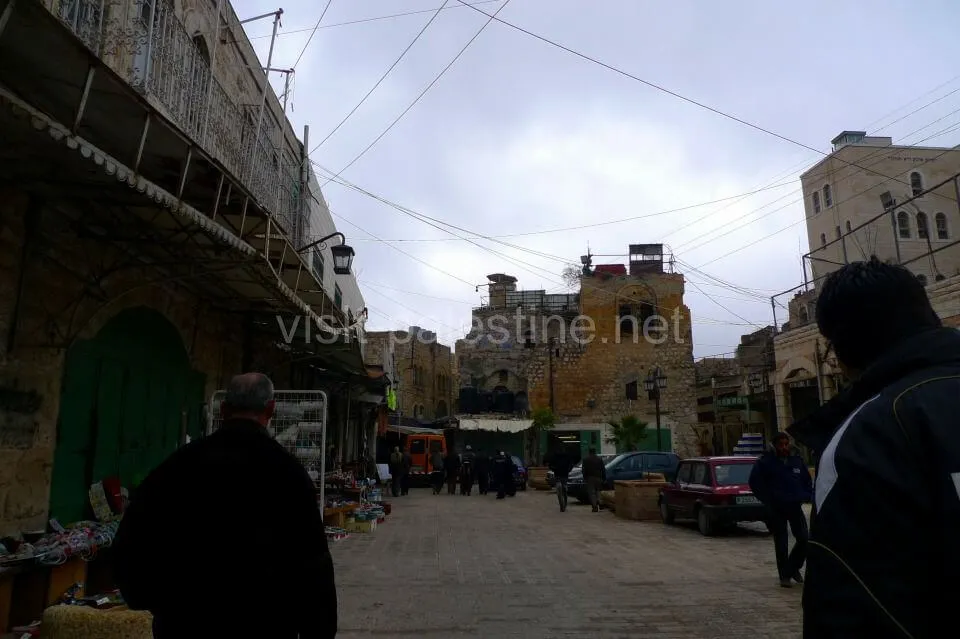
There remains the old market (souq), and many shops are closed because of harassment by the settlers (such as throwing garbage or human excrement to the lower floor street, etc.) who live on the upper floors.
However, there are still some open shops, and you can buy Palestinian embroidery products, accessories, or ceramics.
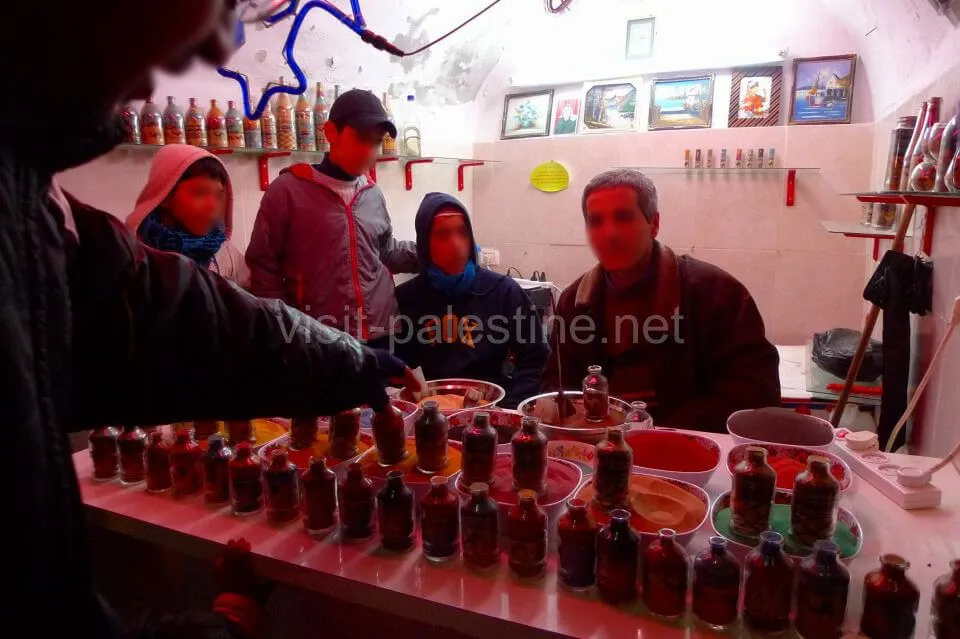
Hebron is a commercial center. People are commercially‐minded.
Even under the control of Israel, they try to sell the products very positively. They ask exorbitant prices of tourists as usual.
For example, one of the merchants asks 100 NIS for a product, but it can become 50 NIS when you leave the shop. (the author’s experience)
You might want to doubt what is the honest price, but it is an Arabian city. Enjoy doing discount negotiations, and find good Palestine-origin souvenirs.
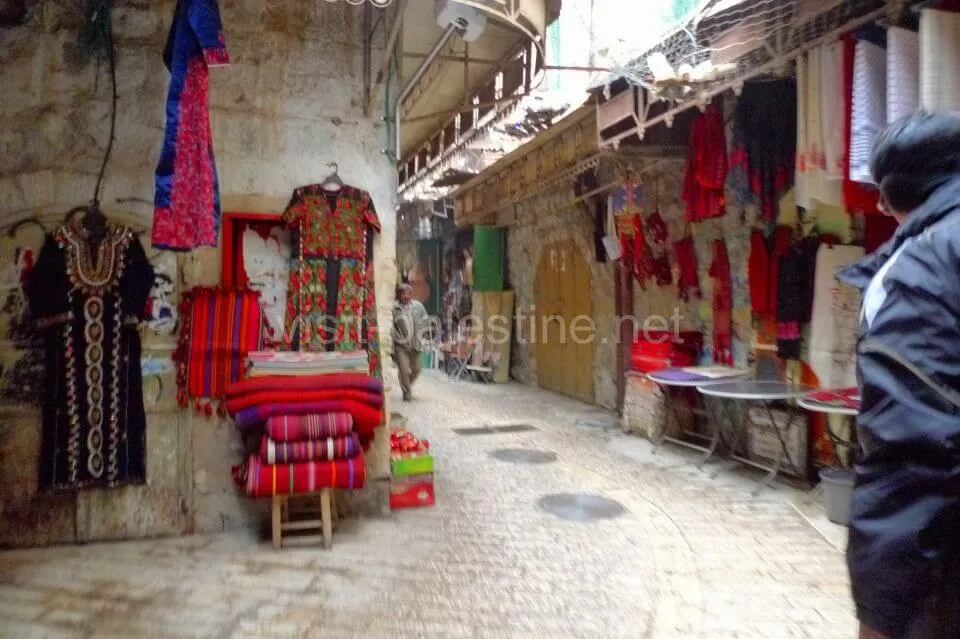
Also, buying products here means encouraging Hebron people; they are harassed every day by Israeli settlers who want to kick them out.
That would be a good idea to join an alternative tour. Some companies organize tours to Hebron Old City from Jerusalem.
Gate to the Abraham Mosque (the Cave of the Patriarchs)
To visit the Abrahami Mosque (the Cave of the Patriarchs), just go straight to the main street (Al-Shuhadah St.) of the Old City.
At the end of Al-Shuhadah St., you come across a checkpoint put by Israel. There, everyone has to pass a metal detector gate.
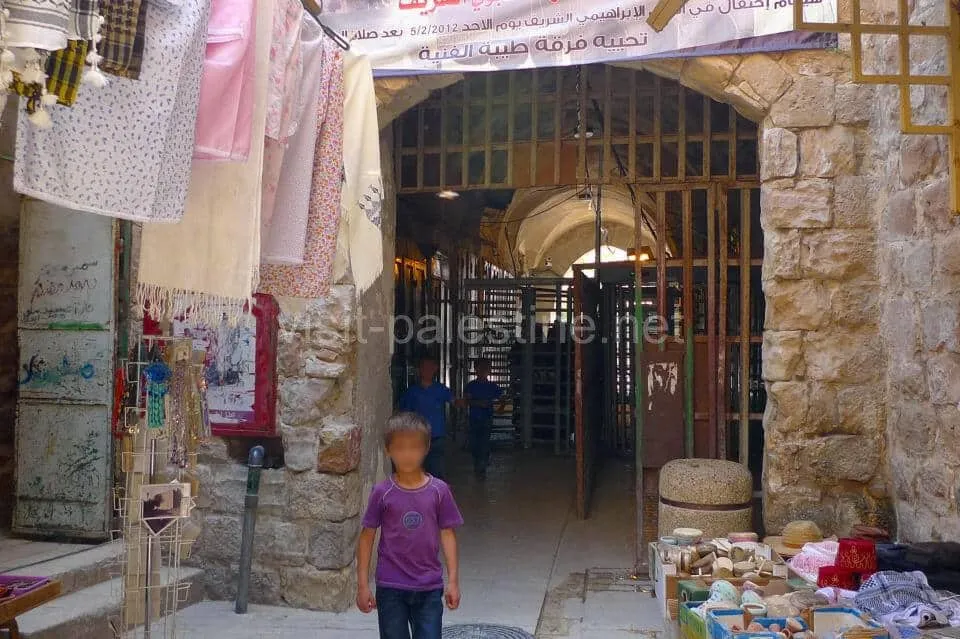
Because Israeli troop is happy to force the passengers to wait here, there is always a long queue.
When the author visited the Old City, my Palestinian friend asked me to watch what was happening there.
Hebron is a city where you can see “the reality of Israeli occupation” more than the other cities.
History of Hebron Old City
No protective wall had been built around Hebron since the Islam Ayyubid dynasty in the Middle Ages.
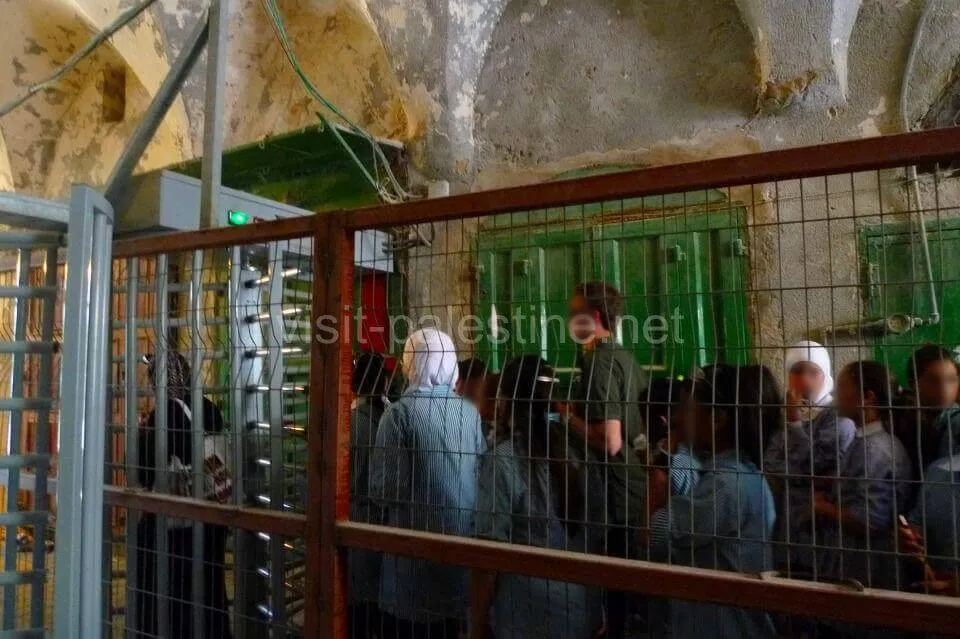
That means the city was like a fortress; it was so densely packed with houses that the enemies couldn’t conquer it easily.
It is said that it was required to pass a gate to enter the city until the United Kingdom arrived at the end of the 19th century.
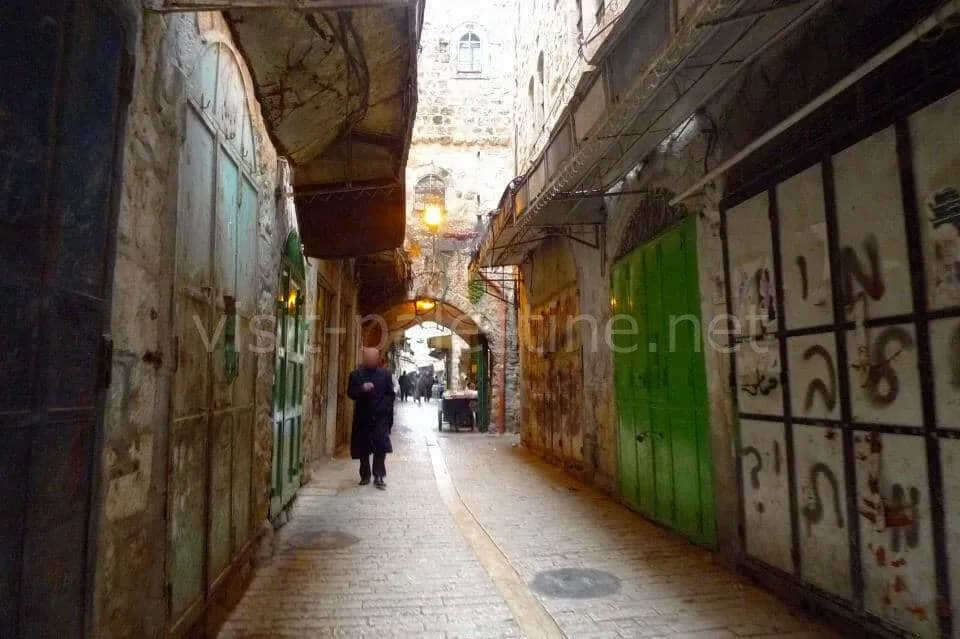
Historical spots (closed)
Birket-es-Sultan/Sultan’s pool, located on the west of Abraham Mosque (the Cave of the Patriarchs), is an architecture built at the end of the 13th century during the Mamluk period. *There is no water left now.
Because Hebron was an important trade city, the Sultan’s pool was a big reservoir for the locals, pilgrims, and caravans.
There are also some hammams/Turkish baths that seem to be built at the end of the 19th century on Al-Shuhadah street (main street).
One of them is Ed-Dari Hammam. It was made in the Mamluk style.
We hope those places will be open to the public in future.